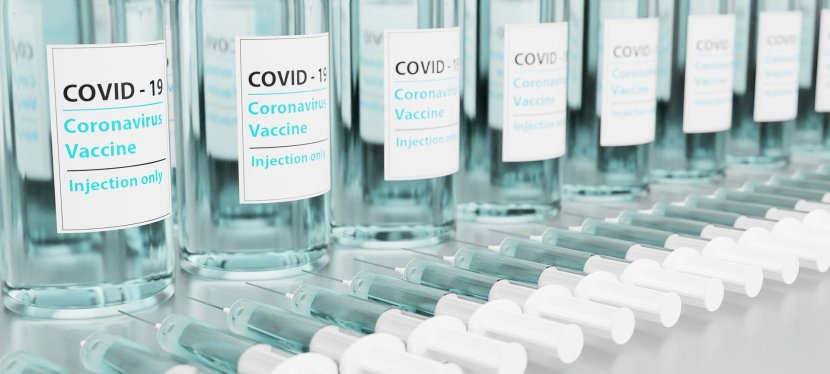We know that our healthcare system does not work well for those who are poor. Studies report that socioeconomic disparities in health care are significantly worse in the U.S. than in other wealthy countries. These disparities have daily real-world implications. Over the last ten months, we’ve seen how those who are poor are more likely to be infected with COVID-19 and, ultimately, to die from it, especially people of color.
The pharmaceutical industry deserves praise for producing safe and effective COVID-19 vaccines so quickly. However, drugs don’t work if people can’t afford them. Those pharma companies have been pursuing monopolistic deals with the fruits of taxpayer-funded innovation, rather than volunteering to share their know-how to get those vaccines to everyone, everywhere, at the lowest cost possible and as quickly as possible. This is why SGI members joined other investors in asking pharma companies to take into account public financial support for development and manufacture of vaccines or therapeutics for COVID-19 when making decisions on access and prices.
Similar to the term “food deserts,” research has also disclosed a phenomena of “pharmacy deserts” in the journal Health Affairs. Frankly, it is foreign to my experience. I live within ten blocks of four pharmacies: a CVS, two Walgreens, and an independent pharmacy. Meanwhile, neighborhoods in cities like Chicago increasingly are places where people are unable to fill medical prescriptions locally because their drugstores have closed or will not accept Medicaid. A pharmacy desert is the result of basic economics: because pharmacies get the lowest reimbursements for filling Medicaid prescriptions, companies are more likely to close stores in low-income, minority neighborhoods and open them in wealthy ones.
According to new research published this month in the Journal of the American Medical Association, racial disparities in mortality are not improving despite an increasing awareness of the problem and a focus on social determinants of health. Apart from COVID-19, Black mortality remains far higher than white mortality in America’s 30 largest cities. Add in COVID-19, and Axios reports that, in the U.S., 22,000 Black and Latino Americans would still be alive today if their coronavirus mortality rates were the same as white people.
Systemic racism has found its way into vaccine distribution as well. To address these concerns, Dallas County, Texas aimed to prioritize COVID-19 vaccine doses to “the county’s most vulnerable ZIP codes, primarily in communities of color.” The plan drew the ire of state officials who threatened to cut off the county’s vaccine supply, and county officials quickly retreated. In Dallas, as in other major Texas cities, distribution sites are more commonly located in white neighborhoods, and early data showed that Dallas County had distributed most of its shots to residents of whiter, wealthier neighborhoods. Black and brown people who are disproportionately affected by the coronavirus are also least likely to get vaccinated. There are lots of reasons why, but access to the internet to sign up for shots, and access to pharmacies and hospitals to receive the shots, are significant issues.
To beat this virus as quickly as possible, the Biden administration, state and local governments, and corporations must work collaboratively to prioritize the distribution of the vaccine to those communities most at-risk, especially people of color.


Thanks for making us aware of pharmacy red-lining.
LikeLiked by 1 person